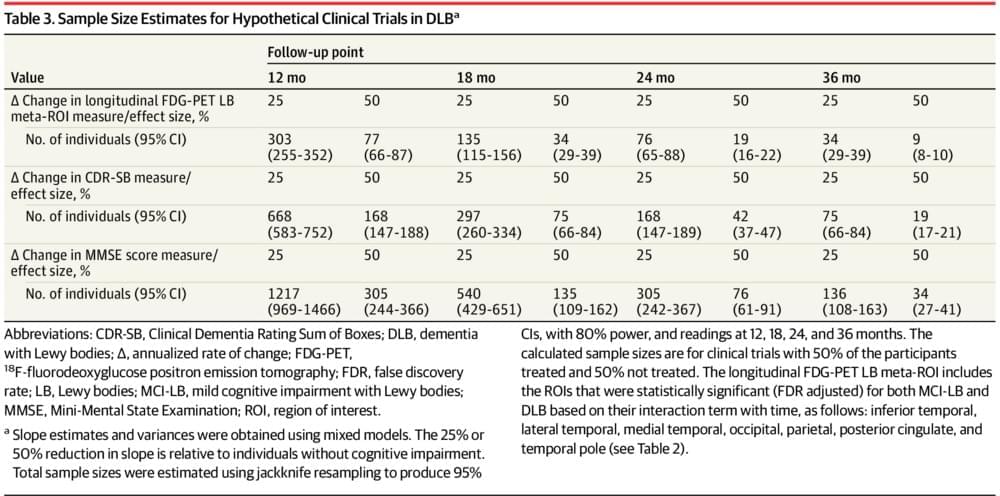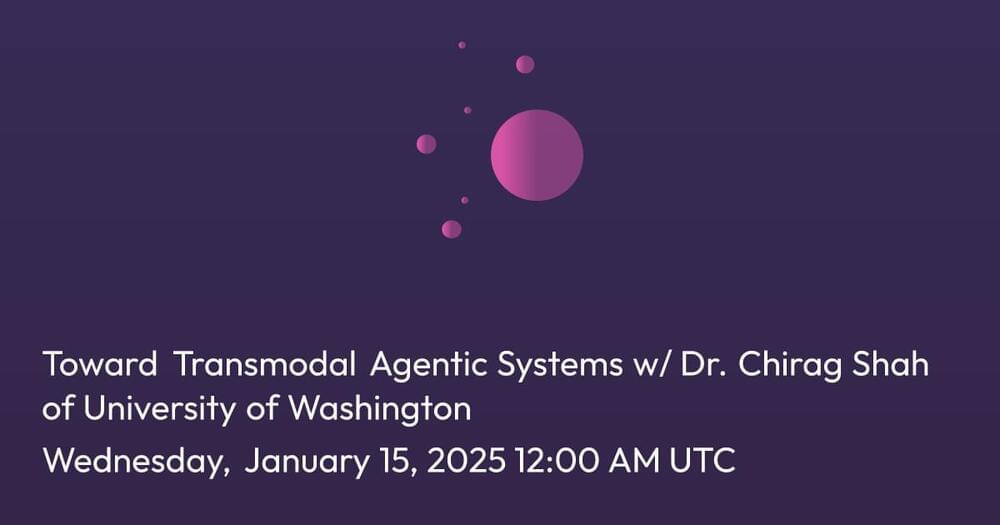In February 2016, scientists working for the Laser Interferometer Gravitational-Wave Observatory (LIGO) made history by announcing the first-ever detection of gravitational waves (GW). These waves, predicted by Einstein’s Theory of General Relativity, are created when massive objects collide (neutron stars or black holes), causing ripples in spacetime that can be detected millions or billions of light years away. Since their discovery, astrophysicists have been finding applications for GW astronomy, which include probing the interiors of neutron stars.
For instance, scientists believe that probing the continuous gravitational wave (CW) emissions from neutron stars will reveal data on their internal structure and equation of state and can provide tests of General Relativity. In a recent study, members of the LIGO-Virgo-KAGRA (LVK) Collaboration conducted a search for CWs from 45 known pulsars. While their results showed no signs of CWs emanating from their sample of pulsars, their work does establish upper and lower limits on the signal amplitude, potentially aiding future searches.
The LVK Collaboration is an international consortium of scientists from hundreds of universities and institutes worldwide. This collaboration combines data from the Laser Interferometer Gravitational-Wave Observatory’s (LIGO) twin observatories, the Virgo Observatory, and the Kamioka Gravitational Wave Detector (KAGRA). The preprint of the paper, “Search for continuous gravitational waves from known pulsars in the first part of the fourth LIGO-Virgo-KAGRA observing run,” recently appeared online.






